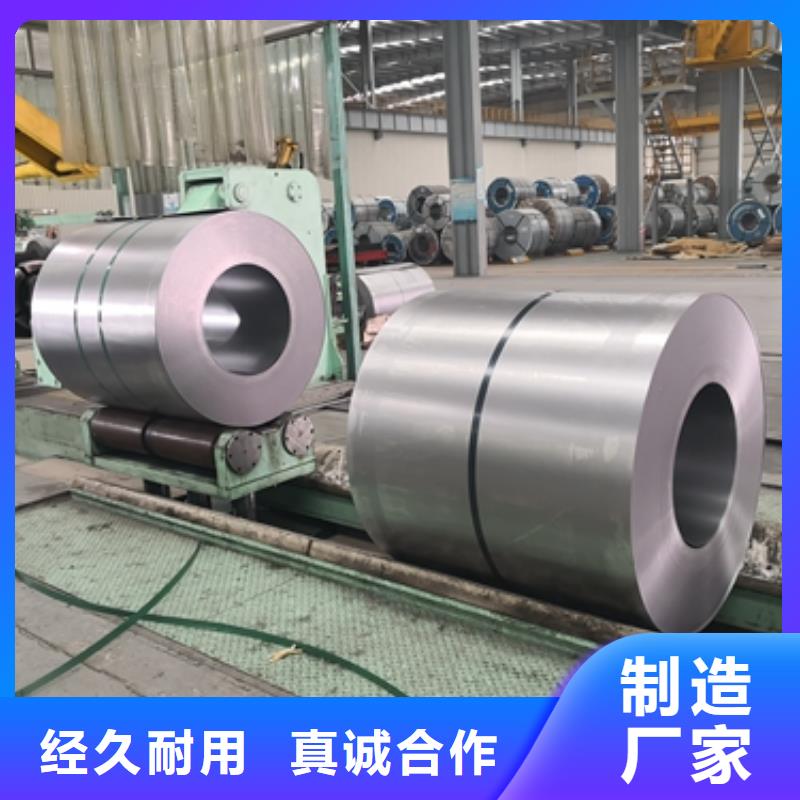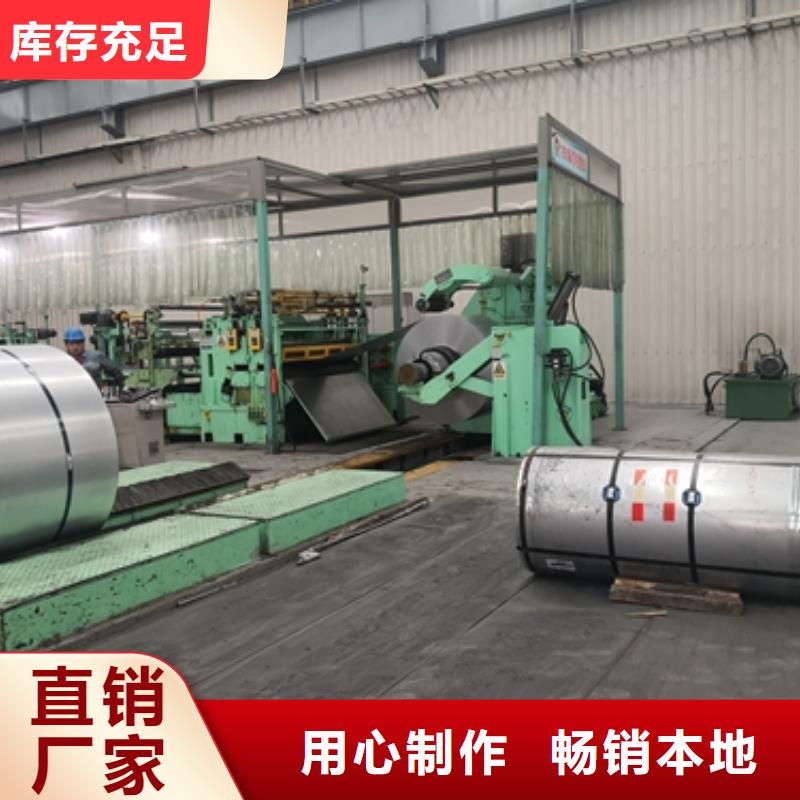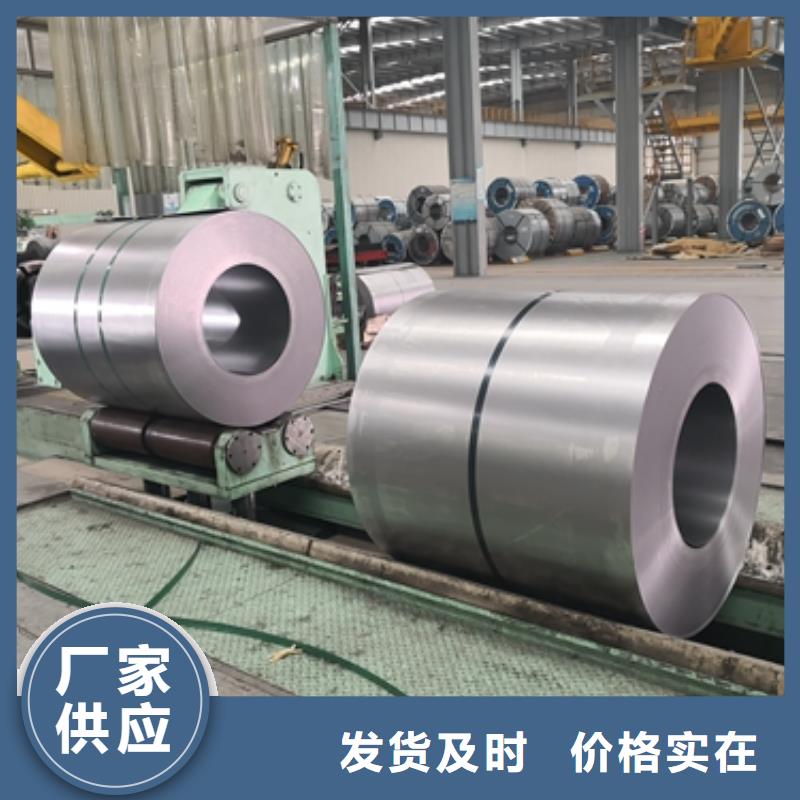想要更直观地感受高频硅钢电工钢 B15AHT1000产品的魅力吗?那就赶紧点击视频,开启你的采购之旅吧!
以下是:高频硅钢电工钢 B15AHT1000的图文介绍
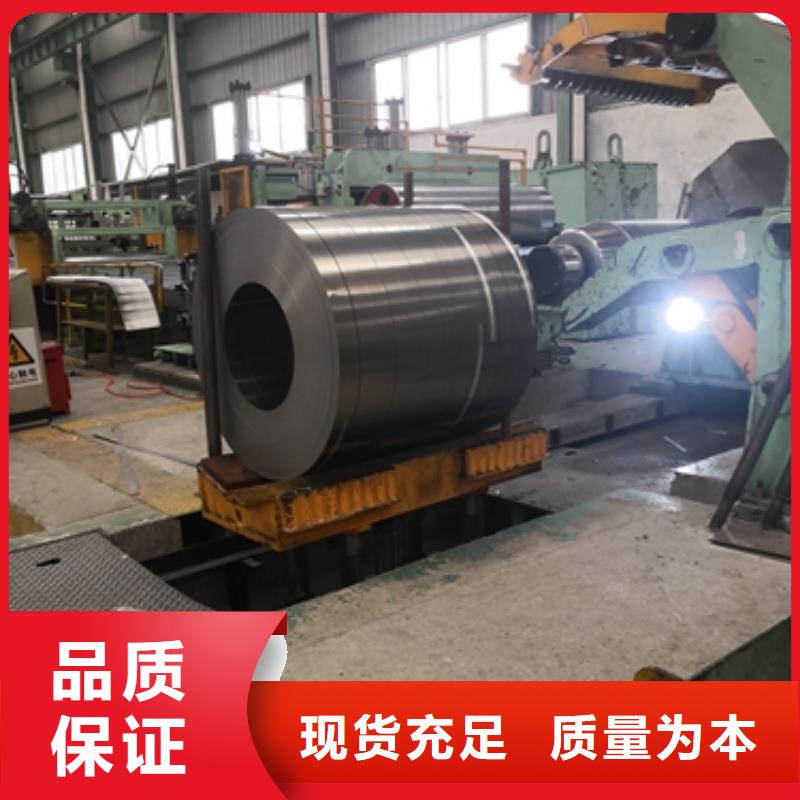
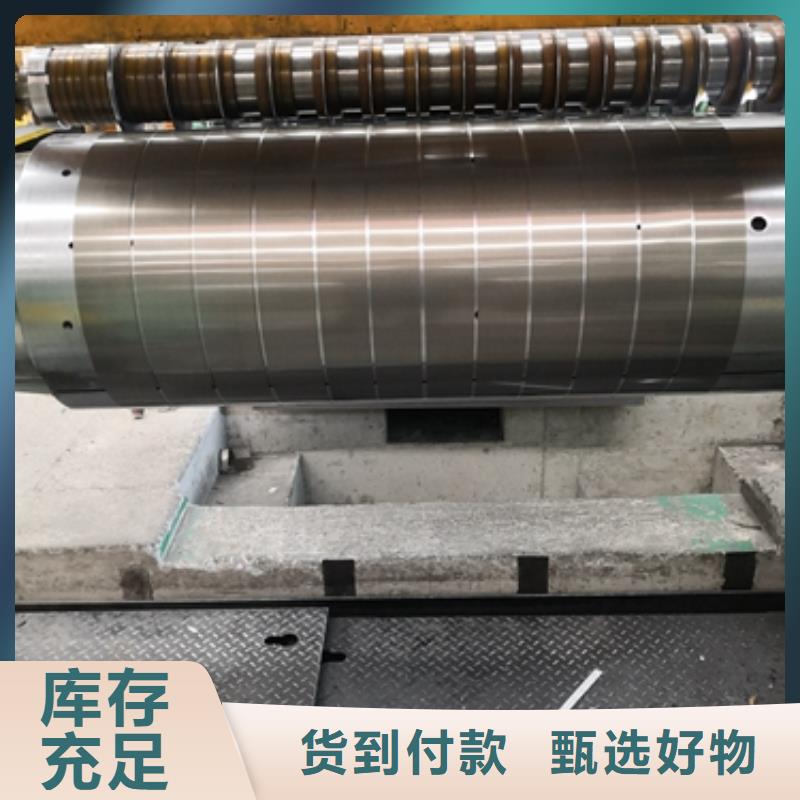
电工钢硅钢片Electrical steel, also known as silicon steel sheet, is an indispensable metal material in the power, electronics, and military industries, and is also the largest functional material in production. It is mainly used as the iron core for various motors, generators, and transformers. Since it is a functional material, its performance testing also revolves around "function". These indicators are often mentioned in trade and processing processes, and a brief understanding can help everyone better carry out their work. The performance testing of electrical steel mainly includes the following aspects: magnetic inspection, stacking coefficient inspection, coating adhesion inspection, repeated bending inspection, size and shape surface inspection, and conventional mechanical property inspection. In addition to the types of products listed above, there are also some special purpose electrical steel plates, such as 0.15 and 0.20mm thick 3% Si cold-rolled non oriented silicon steel strips and 0.025, 0.05, and 0.1mm thick 3% Si cold-rolled oriented silicon steel strips, which are used as intermediate and intermediate grade High frequency motors and transformers, as well as pulse transformers, etc; 0.7mm thick 3% Si high-strength cold-rolled non oriented silicon steel plate for relays and power switches; High strength cold-rolled electrical steel plate for new high-speed motor rotors; Low carbon electrical steel hot-rolled thick and cold-rolled plates for magnetic shielding and high-energy accelerator electromagnets such as medical magnetic resonance tomography scanners; 4.5% to 6.5% Si high silicon steel plates for high-frequency motors, transformers, and magnetic shielding.
Generally, motors, transformers, and other electrical components are required to have high efficiency, low power consumption, small size, and light weight. Electrical steel plates are usually guaranteed to have magnetic properties based on core loss and magnetic induction strength. Magnetic induction strength is the number of magnetic lines passing through a unit cross-sectional area of the iron core, also known as magnetic flux density. It represents the material‘s magnetization ability, measured in T. The magnetic induction strength of electrical steel plates is high, and the excitation current (also known as no-load current) of the iron core is reduced. Copper and iron losses are also reduced, which can save electrical energy. When the power of the motor and transformer remains constant, the magnetic induction intensity is high, and the design Bm can be increased. The cross-sectional area of the iron core can be reduced, which reduces the volume and weight of the iron core, and saves the amount of electrical steel plates, wires, insulation materials, and structural materials used. This can reduce the total loss and manufacturing cost of the motor and transformer, and is beneficial for the manufacturing, installation, and transportation of large transformers and motors. The main requirements for the performance of silicon steel are:
1. Low iron loss is the most important indicator of the quality of silicon steel sheets. Various countries classify grades based on iron loss values, with the lower the iron loss, the higher the grade.
2. Under strong magnetic fields, the magnetic induction intensity (magnetic induction) is high, which reduces the volume and weight of the iron core of the motor and transformer, saving silicon steel sheets, copper wires, and insulation materials.
3. The surface is smooth, flat, and the thickness is uniform, which can improve the filling coefficient of the iron core.
4. Good lamination performance is more important for manufacturing micro and small electric motors.
5. The adhesion and weldability of the surface insulation film are good, which can prevent corrosion and improve the punching performan
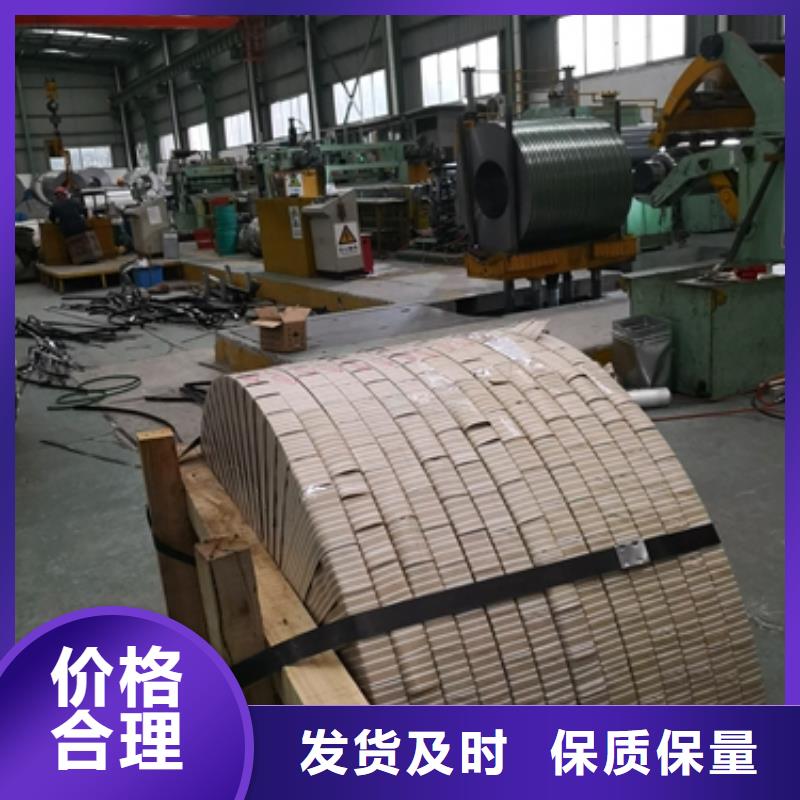
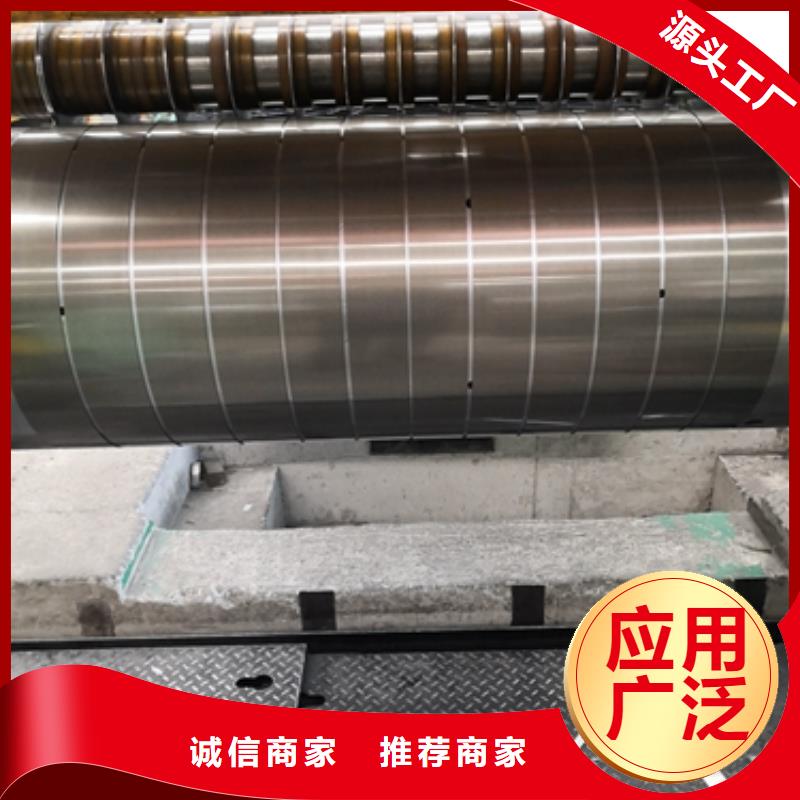
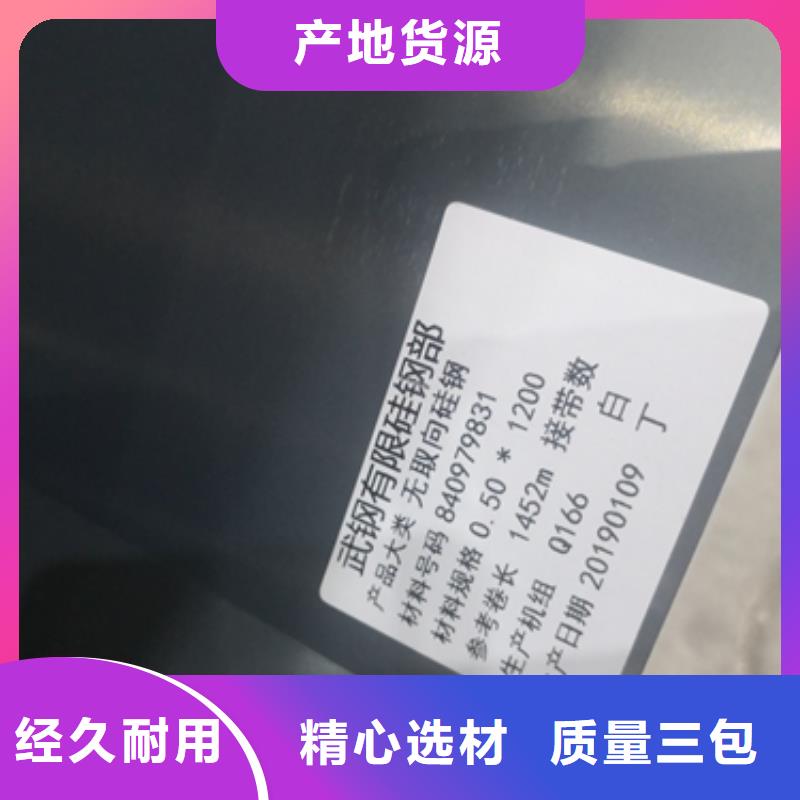
电工钢硅钢片表 4 普通型 WW、河南鹤壁型 WH 产品磁性能和技术特性类型 牌号公称厚度mm 比总损耗名义值P1.5/50 W/kg 比总损耗P1.5/50 W/kg小磁极化强度J5000a T比总损耗各向异性T1.5/50b %小叠装系数小弯曲次数约定密度kg/dm3普通型35WW2300.352.30 2.10 1.62 ±170.952 7.6035WW250 2.50 2.28 1.64 ±17 2 7.6035WW270 2.70 2.45 1.64 ±17 2 7.6035WW300 3.00 2.65 1.64 ±17 2 7.6535WW360 3.60 3.20 1.65 ±17 3 7.6535WW440 4.40 3.40 1.67 ±17 3 7.7050WW2500.502.50 2.30 1.64 ±170.972 7.6050WW270 2.70 2.48 1.64 ±17 2 7.6050WW290 2.90 2.65 1.64 ±17 2 7.6050WW310 3.10 2.85 1.64 ±17 2 7.6050WW350 3.50 3.00 1.65 ±14 3 7.6550WW400 4.00 3.20 1.65 ±12 5 7.6550WW470 4.70 3.30 1.70 ±12 5 7.7050WW600 6.00 4.20 1.68 ±10 10 7.7550WW700 7.00 4.70 1.70 ±10 10 7.8050WW800 8.00 5.50 1.71 ±10 10 7.8050WW1000 10.00 6.00 1.74 ±8 10 7.8550WW1300 13.00 7.00 1.74 ±8 10 7.85型35WH2300.352.30 2.28 1.66 ±170.952 7.6535WH250 2.50 2.45 1.67 ±17 2 7.6535WH270 2.70 2.65 1.68 ±14 5 7.7035WH300 3.00 2.80 1.69 ±14 5 7.70

电工钢硅钢片硅钢是一种硅铁合金。用硅钢轧制的片材是电工领域中应用广的软磁材料,因而硅钢片又称电工钢片。硅钢片广泛用于电动机、发电机、变压器、扼流圈、电磁机构、继电器及测量仪表中电机工业大量使用厚度为0.35~0.50mm的硅钢片,用于:中型旋转机,压缩电机,通用马达,小型精密电机,电动汽车,压缩机,通用电机,电源变压器,精密变压器,节能电机,焊机变压器,稳压器,磁性密封器,加速器用电磁铁,汽车电机等;在电信高频技术中常用0.05~0.20mm的薄带钢片,以便更有效地降低涡流损耗。热轧硅钢片厚度为0.35~0.50mm,密度为7.55~7.70g/cm3,多用于大、中、小型交、直流电动机;冷轧无取向硅钢片厚度为0.35~0.50mm,密度为7.65~7.75g/cm3,多用于大型交流发电机、电动机,大、中、小型交、直流电动机;冷轧取向硅钢片厚度为0.23mm 0.27mm 0.3mm 0.35mm,密度为7.65g/cm3,多用于电力变压器、油浸式变压器,干式变压器,电抗器、磁放大器等;冷轧取向薄带厚度为0.05~0.20mm,多用于无线电高频变压器。
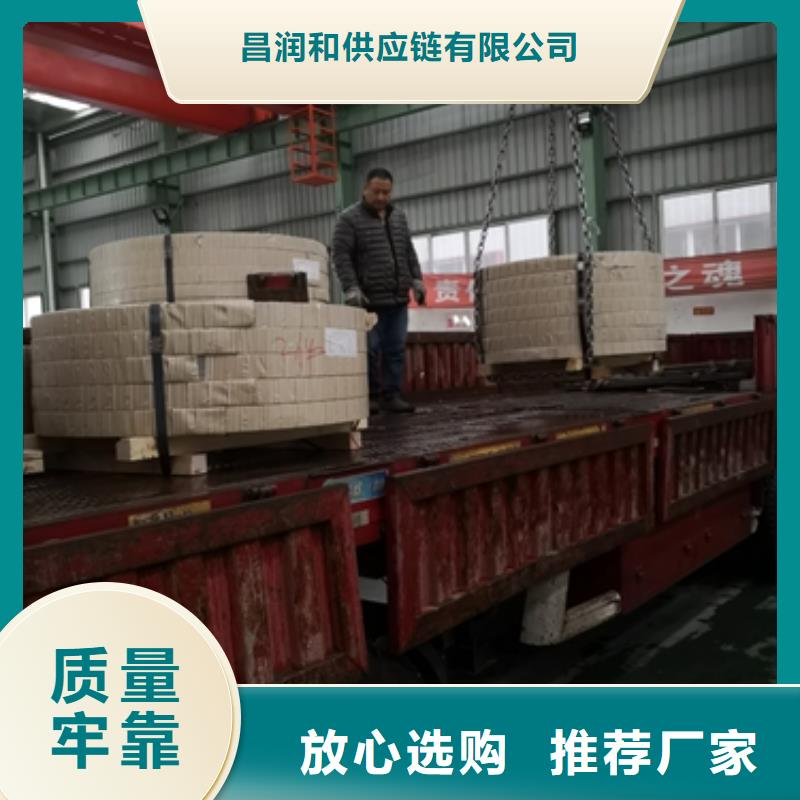
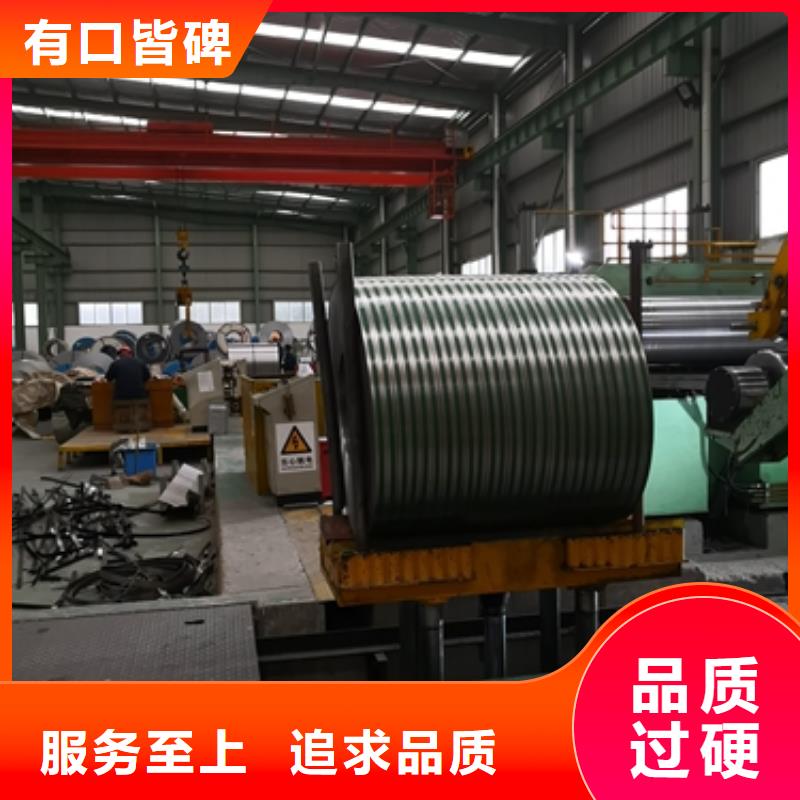
电工钢硅钢片根据生产方式可分为热轧电工钢和冷轧电工钢。热轧硅钢片因其性能落后近年已经逐步淘汰。根据晶体取向聚集程度将硅钢分为无取向和取向是为广泛接受的方法。冷轧无取向硅钢是指0.5%~4.0%(Si+Al)的合金,冷轧至0.65mm、河南鹤壁同城0.5mm和0.35mm后经退火涂层后制成。相比取向硅钢,其晶粒织构类型较为漫散,各个方向上具有较为均匀的磁性能,而且磁各向异性较低,主要用作各类型电机和发电机的铁芯叠片。冷轧产品厚度精度,尺寸公差等级,表面光滑度都达到较高水平,从而提高了产品叠片系数和材料的磁性能。冷轧无取向硅钢生产工艺流程图如图1所示。

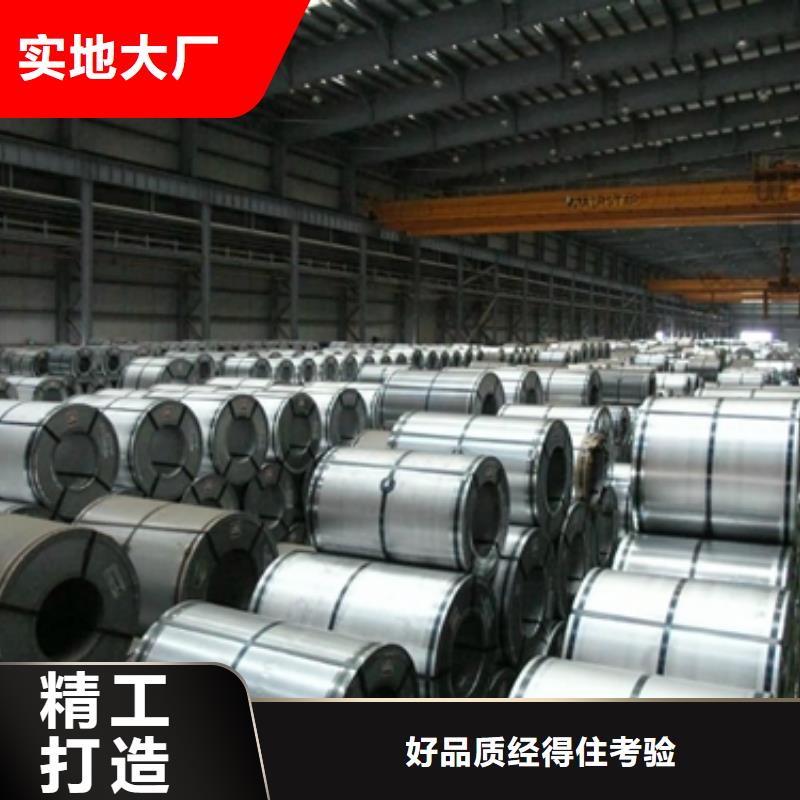
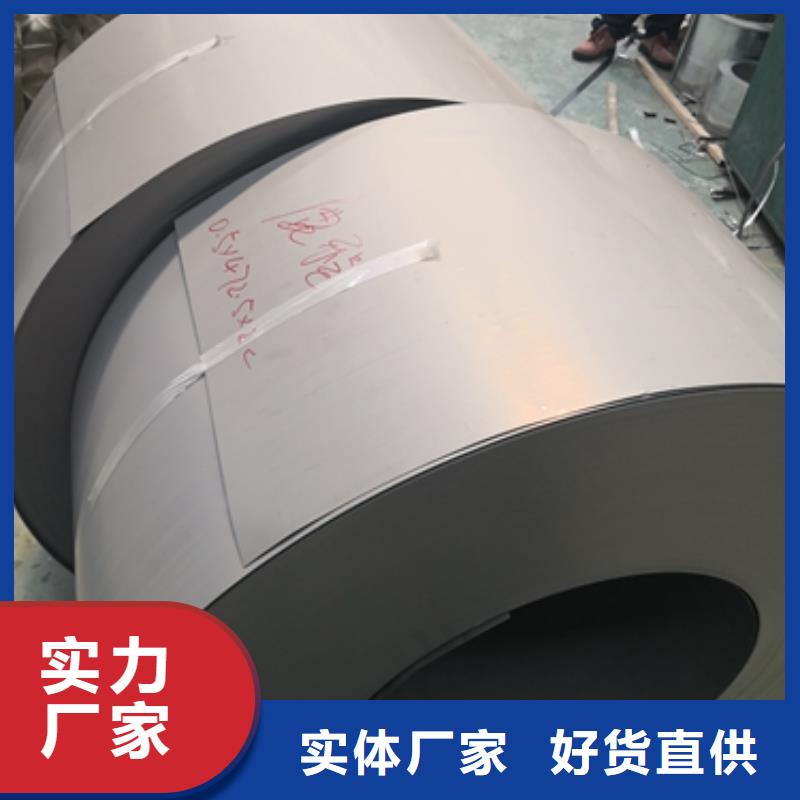
我司是一家集生产、销售于一身的现代化企业。公司在宝山区蕰川公路777号宝钢厂区607-609室,公司一向秉承'客户至上,品质优质的企业精神,坚持创造高科技与人性化的现代空间格局设计,以卓越的设计理念、优异的产品质量、专业完善的服务体系,为客户提供优质的服务。公司拥有专业的技术人员,并以快捷的运送,专业的安装等一条龙服务,为顾客创造品位超凡,优质舒适的空间环境!主要产品有: 河南鹤壁电工钢, 精诚所至,金石为开。提供优质产品和服务必定能达到客户的要求!
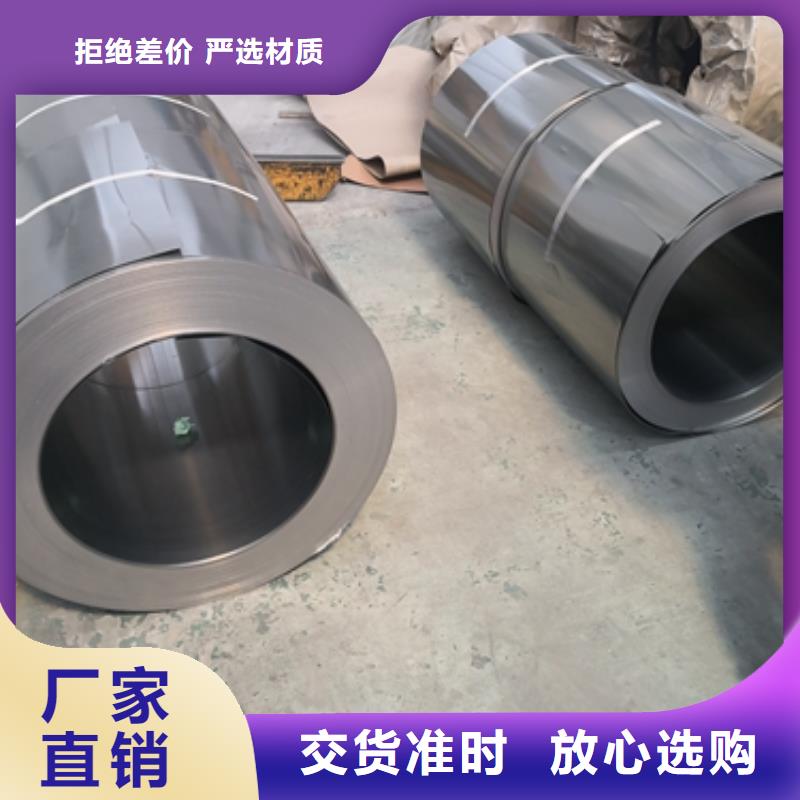
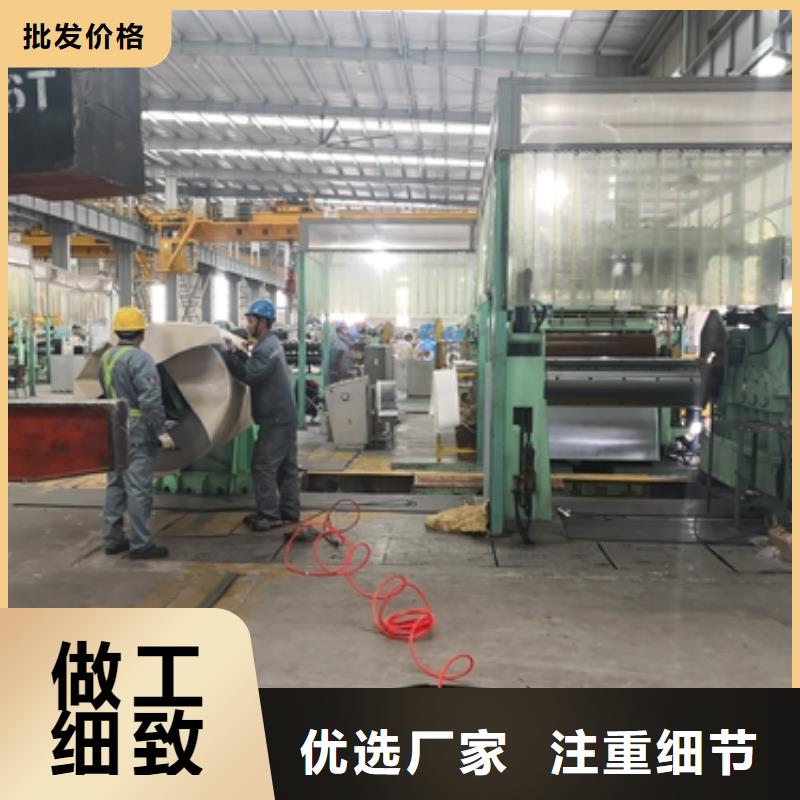
电工钢硅钢片:用 25cm 爱泼斯坦方圈测量时,参照检测方法 GB/T 3655(IEC 60404-2,IDT),一副试样由不少于24 片的样片组成。试样的长度方向应沿平行于产品轧制方向切取,试样长度方向与产品轧制方向的偏离角度应在±1 以内,试样应尽可能覆盖产品的全板宽范围。试样应的取样方法、河南鹤壁附近尺寸及允许偏差应符合 GB/T 3655 的规定。测试前,试样应在制造方提供的条件下进行应力退火处理。测试产品时效试样的 比总损耗时,时效试样应在 225℃±5℃温度中持续保温 24h,然后空冷到环境温度。8.5.2 单片法(SST)测量用单片测试仪测量时,试样的取样方法、河南鹤壁附近尺寸及允许偏差应符合 GB/T 13789(IEC 60404-3,IDT))的规定。为保证磁性测试结果对带钢磁性能的代表性,裁剪大单片试样时,试样沿纵向的中心线位置与产品宽度方向中心位置偏移量应≤50mm,试样纵向与样板轧制方向的偏离角度应在±1 以内。单片法测量的试样不需要应力退火处理,也不允许进行时效测试。
